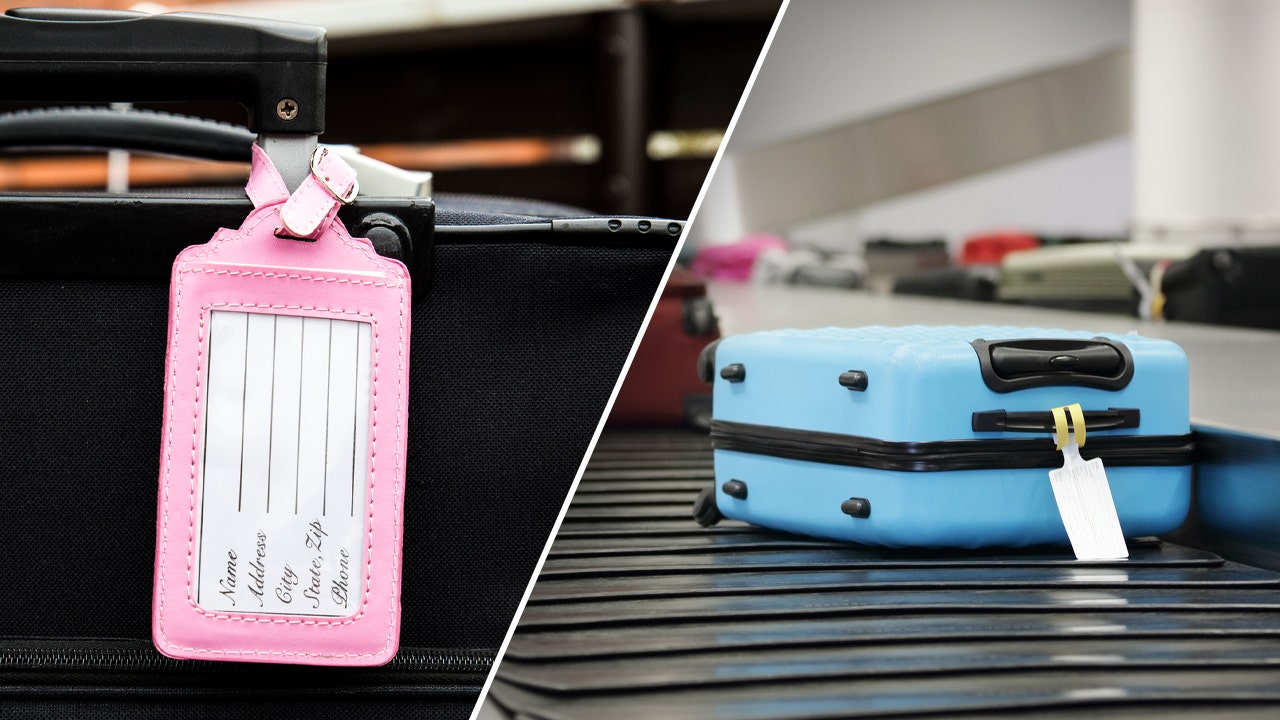In the ever-expanding wellness world, one of the latest trends is actually one of the oldest: soaking in, and sometimes drinking, therapeutic waters. In ancient Greece, physicians, including Hippocrates, prescribed mineral-rich baths to treat everything from skin diseases to insomnia. (According to one theory, the word “spa” is an acronym of the Latin phrase “sanus per aqua,” meaning “health by water.”) The practice has also been employed in Asia since at least the sixth century A.D., when nomadic Buddhists are said to have brought the concept of onsen (inns and bathhouses built around natural geothermal pools) to Japan from the Korean Peninsula. Now, with various forms of hydrotherapy, such as cold plunges and steam saunas, making a comeback, wellness entrepreneurs are debuting properties centered on bathing. Here, five places to take a dip.
When the husband-and-wife hospitality entrepreneurs Sharan Pasricha and Eiesha Bharti Pasricha were researching their latest project, the recently opened members’ club and country retreat Estelle Manor in Oxfordshire, England, they discovered that the North Leigh Roman Villa, which includes the ruins of a first- or second-century bathhouse, were just down the road from the 85-acre property. “We realized that we should create a bathhouse as opposed to just a spa, and that we wanted to go back to the history of the estate and bring it into the modern day,” says Sharan. To that end, in March the couple launched Eynsham Baths in a 3,000-square-foot neo-Classical-style building with stone columns and hand-shaped bricks. The centerpiece is a vast tepidarium (a heated room in a Roman-style bath) with five thermal pools, a lounge and 10 treatment rooms. “I’m a big believer in water being a natural medicine for the body,” says Sharan. “The benefits of bathing are incredible.”
In the 16th century, Michelangelo, who suffered from kidney stones, traveled from Rome to the village of Fiuggi, Italy (a journey that takes about an hour by train today), where the natural mineral waters were thought to alleviate pain from urinary illnesses. For centuries, popes and nobles had come to the town seeking “the cure,” which the artist supposedly described as “the water that breaks the stone.” At Palazzo Fiuggi, a luxurious health retreat with 102 rooms and suites that opened in an Art Deco-style villa in 2021, many visitors still drink those waters — which some believe are enriched by passing beneath the local chestnut forests — filling glasses from a marble fountain inside the spa. Set within a 20-acre private park, the palazzo, which offers traditional hotel stays as well as five-night wellness programs, also features magnesium-and-salt-infused pools in which guests enjoy 30-minute daily soaks, a practice meant to calm the nerves and boost the immune system.
The remote town of Jacumba Hot Springs, Calif., about an hour’s drive east of San Diego in the Sonoran Desert, has been a Native American healing and gathering place for millenniums. (The word “jacumba” is a Kumeyaay Indian word meaning both “magic springs” and “hot water.”) In the 1920s and ’30s, it also became a popular destination for Hollywood types, attracting the likes of Marlene Dietrich and Clark Gable. But by the time the San Diego-based interior designer Melissa Strukel came across the original Jacumba Hot Springs Spa in June 2020, it was neglected and for sale. Along with two friends, she bought the place and has transformed it into an eclectic 20-room property with Spanish-style terra-cotta tiles, Moroccan lanterns and textile artworks by local artists, as well as a lively restaurant and three pools fed by the mineral-rich springs. The trio — which also includes Jeff Osborne, who works in real estate, and the interior designer Corbin Winters — has also been working to revive the surrounding town, population 857, by restoring the local hot springs-fed lake for public use and hosting free weekly concerts in the historic former bathhouse. “Jacumba is a surreal, magical little place,” says Osborne. “You feel like you’ve traveled to another world.”
Once such a glamorous spa town that Austria’s Empress Sisi was a regular in the 19th century, the village of Bad Gastein fell out of fashion in the 1980s, leaving many of its grand Belle Époque hotels empty. Now it’s making a comeback thanks to a new wave of stylish small hotels and the refurbishment of its historic casino by GrecoDeco, the design studio behind the Ned, a hotel and members’ club in London. The latest property to open is the Badeschloss (or Bathing Castle), formerly a public spa built in the late 18th century, which has been remade by the Vienna-based firm BWM Designers & Architects into a 102-room hotel. The appeal of the waters of Bad Gastein is that they contain low levels of radon, a radioactive element that, while dangerous when inhaled, is also used — in small, supervised doses — to treat rheumatic diseases. For those interested, the hotel can organize sessions at the Gasteiner Heilstollen, a nearby health center that offers controlled radon baths. Guests in search of less potent (radon-free) water can enjoy the free-standing bathtubs in some of the suites and a triangular rooftop pool with mountain views.
With tens of thousands of geothermal springs spread across the islands of Japan, it’s not surprising that onsen built to take advantage of these water sources are a deeply ingrained part of the culture. Traditionally, the structures are rustic yet elegant, constructed from hinoki wood, bamboo and washi paper. But for the past decade, the renowned Tokyo-based architect Kengo Kuma has been designing luxurious modern versions, with the latest, Kai Yufuin, having opened on the semitropical southern island of Kyushu in the fall of 2022. Owned by the hospitality group Hoshino Resorts, the property offers 45 rooms, including five stand-alone villas; elegant kaiseki meals (multicourse experiences that focus on seasonal ingredients); post-bath massages; and geothermal pools built from striking black-stained Japanese cypress, with views of Mt. Yufu in the distance. For those new to the practice, a hot spring concierge is on hand to explain the various benefits of the waters and teach guests how best to make use of them.






